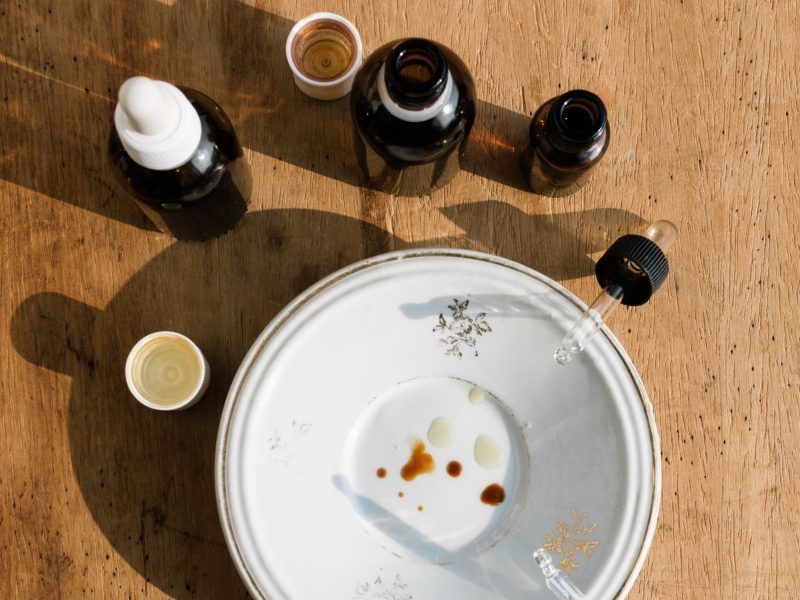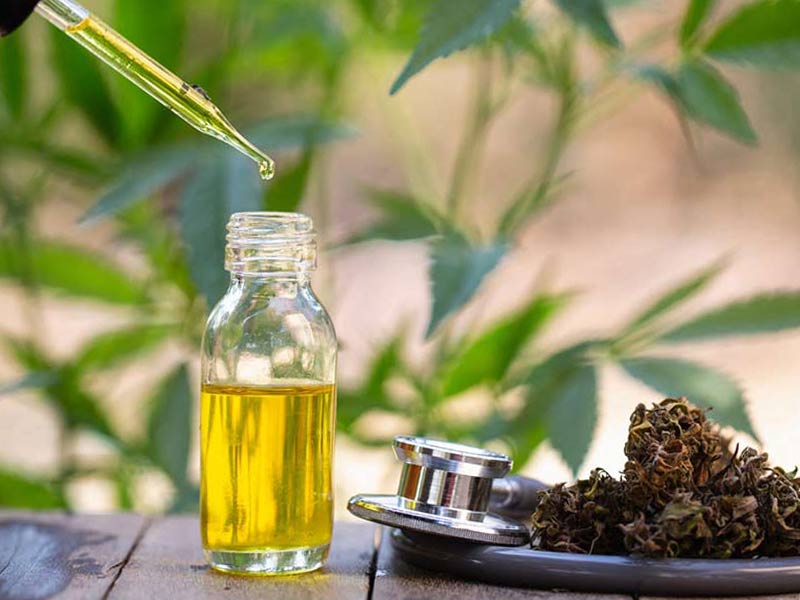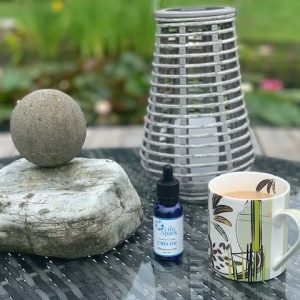It seems that CBD has appeared all of a sudden. Nobody had heard of it and suddenly it is everywhere. But the truth is that cannabidiol has been known for decades, long before CBD oil became popular. If you are interested in the history of CBD and want to know how it ended up in so many people’s pantries, read on for a story that won’t bore you like it used to in school classes.
This story is so interesting that it will surprise you, and you can share it with your friends and family the next time they ask you what that little bottle of oil they saw in the kitchen or bathroom is.
The history of CBD: a timeline
1946: Dr. Walter S. Loewe conducts the first cannabinoid tests on animals.
Even today it is rare to test cannabinoids on humans. Most commonly they are performed on animals such as mice and rats. More and more tests are being done on humans, but in 1946 the first tests were done on mice and rabbits. Dr. Walter Loewe conducted tests with CBD, THC and CBN in rodents. He found that THC caused catalepsy, an induced trance, in mice, while CBD caused no detectable effect on behavior. In addition, THC promoted a “central excitatory action” in rabbits, but CBD did not.
These studies showed that THC is the substance in hemp that causes psychoactive effects, suggesting for the first time that CBD was not intoxicating. But it is important to remember that the chemical structures of these cannabinoids had not yet been defined, so Dr. Loewe could not conclude the results of the study in full.

1964 | Prof. Raphael Mechoulam isolates CBD and describes its chemical structure
Israeli scientist Raphael Mechoulam, while working at the Hebrew University of Jerusalem, successfully isolated CBD after Dr. Adams’ first incident a few years earlier. Dr. Mechoulam identified the stereochemistry of CBD and assigned a chemical structure to it for the first time, which is why he is often given credit for this discovery.
Mechoulam also succeeded in isolating and describing the structure of THC, so he is a hugely influential figure in the modern hemp industry. He has already published over 350 studies with hemp as a central theme. Without him the CBD industry would probably not be as large as it is today.
Late 1960s: Mechoulam and his colleagues begin to study cannabinoids in primates.
Rodents as laboratory animals are not always the most appropriate choice, because their results are often not comparable to humans. However, primates are much more like us and that is why Dr. Mechoulam and his lab partners chose them to study the newly isolated cannabinoids. Again, THC was found to cause intoxicating effects while CBD had no psychoactive properties. This time the scientists were able to describe precisely what each substance did.
Mid-1970s: British Pharmacopoeia launches first hemp tincture
Ancient societies have been using hemp as a medicinal herb for centuries. Even so, it is a plant that has been outlawed because of the psychoactive effects it produces. When it was discovered that CBD did not cause the same effect, curiosity grew about its potential medical benefits. British Pharmacopoeia, a recognized publication of quality standards for medicinal substances, launched the first authorized hemp tincture. It was probably a full-spectrum CBD oil and was the first such product to gain approval and acceptance.






